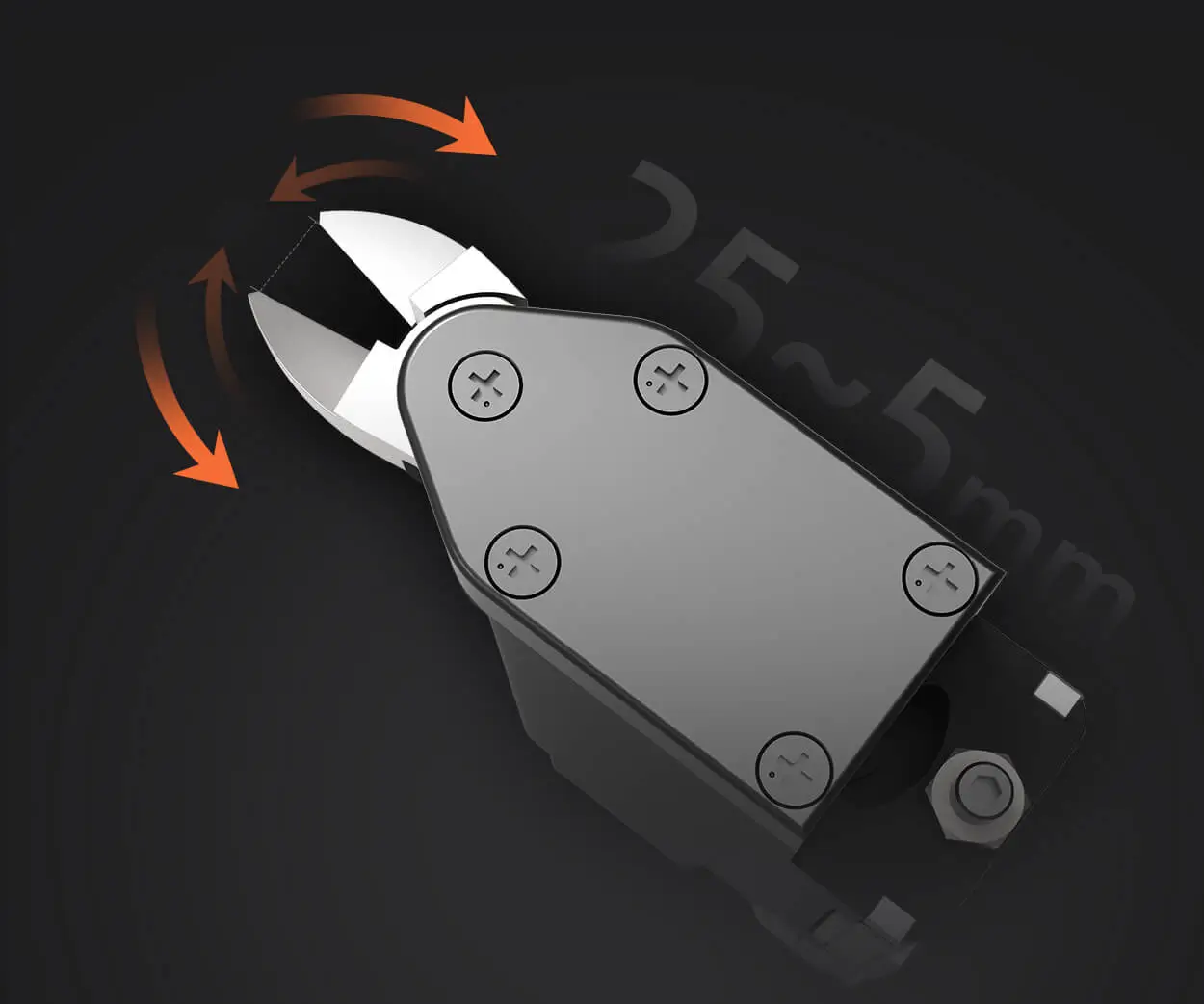Unlocking Precision: A Comprehensive Guide to Servo Motor Arduino Dimensions and Integration
Introduction: Why Understanding Servo Motor Dimensions Matters
In the rapidly evolving landscape of DIY robotics, automation, and hobbyist electronics, servo motors stand out as fundamental components. They are the backbone of precise movement control, enabling everything from robotic arms to camera gimbals. When integrating a servo motor with an Arduino microcontroller, one of the often-overlooked yet critical factors is understanding the physical dimensions of these motors. Proper knowledge ensures compatibility with your project design, prevents assembly mishaps, and influences the overall stability and functionality of your creations.

Knowing the size of a servo motor isn’t merely about fitting a component into a designated space; it’s about understanding how that motor will perform within your system — its torque potential, mounting options, and electrical connections. Whether you’re building a small robot, an automated door, or an intricate hexapod, choosing the right servo motor based on its dimensions can make all the difference.
In this guide, we’ll explore the typical dimensions of servo motors compatible with Arduino, delve into the variations across different types and brands, and offer practical tips for selecting the right motor for your project.
The Basics of Servo Motor Dimensions
Servo motors come in a variety of shapes and sizes, each suited to specific applications. At their core, most hobby servos are compact, circular devices featuring a metal or plastic gear train, a motor, and an electronic control board. Their dimensions are usually expressed in millimeters (mm) and can include length, width, height, and mounting hole spacing.
The key parameters to consider include:
Diameter (or width): Often the most noticeable dimension, this influences how much space the servo will occupy around the axis of rotation. Typical hobby servos range between 20mm and 40mm in diameter. Height (or length): The length from the bottom of the mounting flange to the top of the servo, usually between 30mm and 60mm. This affects how deep the servo is when mounted. Mounting hole spacing: Critical for physical attachment, usually specified in millimeters, such as 23mm x 12mm or 25mm x 12mm, indicating the distances between mounting holes. Weight: While not strictly a dimension, it’s correlated with size and affects overall system weight, especially in aerial or mobile applications.
Popular Servo Sizes and Their Typical Dimensions
Let’s take a closer look at common servo sizes used with Arduino projects:
Standard Servos: Diameter: ~23mm to 25mm Height: ~28mm to 40mm Mounting holes: Typically 23mm apart, with 25-tooth spline for the servo horn. Weight: 50g to 100g Mini Servos: Diameter: ~17mm to 22mm Height: ~19mm to 30mm Mounting holes: Around 21mm or less, with a smaller spline (e.g., 16-tooth or 25-tooth). Weight: 15g to 50g Micro Servos: Diameter: ~15mm to 17mm Height: ~20mm to 25mm These are perfect for tight spaces, such as in small drones or miniature robotics. Weight: Often below 10g.
Beyond these, there are specialized servo types like continuous rotation servos and high-torque servos, which may have larger footprints or different mounting configurations.
Important Dimensions for Compatibility
When selecting a servo for your Arduino project, pay particular attention to these key measurements:
Size constraints: Ensure the servo fits into your design envelope. For example, a compact robot arm might need a mini or micro servo to avoid bulkiness. Mounting compatibility: Check the spacing between mounting holes to match your chassis or bracket. Sometimes, adapters or custom mounts are needed if dimensions don’t align perfectly. Horn dimensions: The servo horn or arm attachment needs to fit the servo spline (the gear used to attach the arm). Common splines include 23-tooth, 25-tooth, or 24-tooth – verify that the servo motor’s spline matches your chosen horn.
Variations in Dimensions Across Brands and Types
While many servo motors conform to industry standards, minor differences in dimensions can exist between brands or models. For example, a standard SG90 micro servo from one manufacturer may measure 22.8mm x 11.9mm x 24mm, while another might be slightly larger or smaller.
High-quality industrial servo motors tend to have more precise and often bulkier dimensions to ensure higher torque, durability, and thermal management. These are generally not directly interchangeable with hobby servos without considering their size and mounting.
Practical Tips for Choosing the Right Servo Based on Dimensions
Measure your space: Before purchasing, sketch out the mount area and list maximum allowable dimensions. Check datasheets meticulously: Always review specifications from manufacturer datasheets for accurate dimensions and mounting hole information. Consider future expansion: If your project might grow or require heavier loads, selecting a slightly larger or more robust servo might prevent future redesigns. Prototype with readily available models: Many hobby servos are inexpensive and widely available, making them excellent for initial testing.
Understanding the size variations and their implications helps ensure that your servo integrates smoothly into your design, avoiding surprises during assembly or operation.
Established in 2005, Kpower has been dedicated to a professional compact motion unit manufacturer, headquartered in Dongguan, Guangdong Province, China.




































